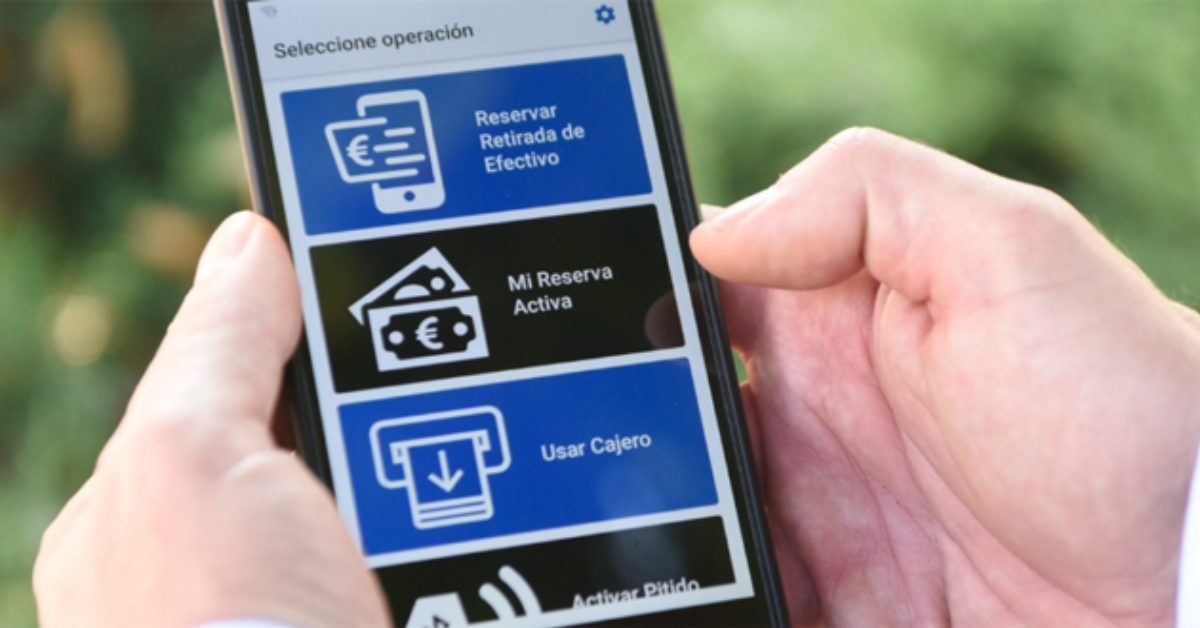María saw how her savings and her pension slipped out of her hands in 15 minutes. She was the victim of bank fraud. Wanting to take more, the scammers decided to leave Maria credit debt in her name. Within a few hours, she lost more than 200,000 pesos, or around $10,000 dollars. Just for answering a call.
"They told me that I had some transactions that I needed to verify, they spoke to me by my full name, they gave me various information, everything seemed very real," says the 60-year-old woman. "I . . .






